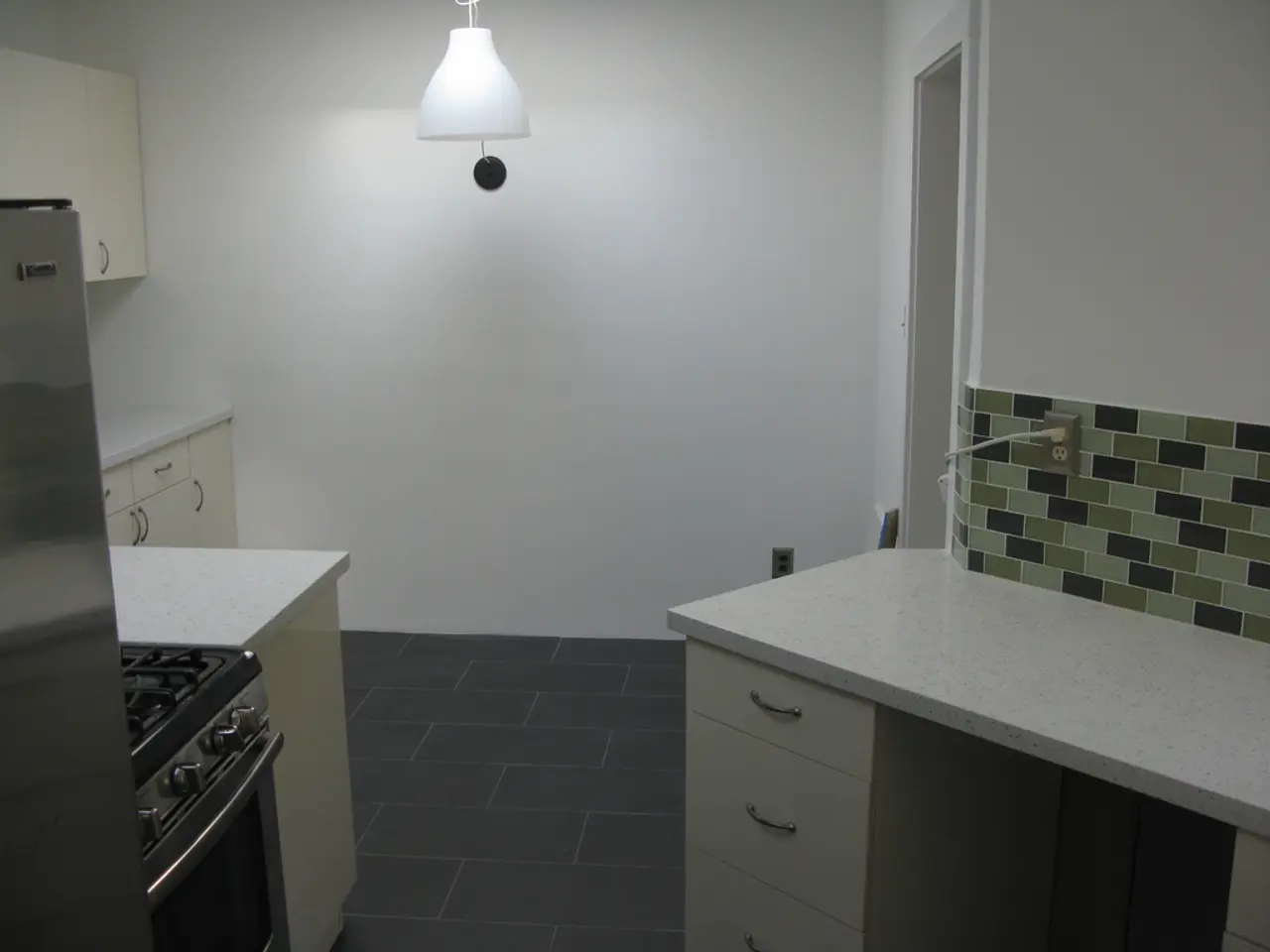Prohibited and Allowed Objects List
Article Title: Differences in Residence Hall Policies: A Guide to Traditional, Program, Co-op, and Village Housing
Living in a university residence hall can be an exciting experience, but it's essential to understand the rules and regulations that come with it. In this article, we'll compare the policies for Traditional, Program, Co-op, and Village Housing, focusing on the differences in cooking appliances, furniture, and other restrictions.
When it comes to cooking appliances, Traditional, Program, and Co-op residence halls have stricter bans. Appliances like air conditioners, ceiling fans, halogen lamps, microwaves over 700-800 watts, refrigerators over 3.5-4.3 cubic feet, dishwashers, hot plates, washers/dryers, space heaters, 3D printers, and any appliances with open or exposed heating coils are prohibited. Some residence halls also restrict the use of crockpots, toaster ovens, and toasters.
In contrast, Village Housing offers a more lenient policy, allowing many cooking appliances that are banned in residence halls. This includes rice cookers, air fryers, InstantPots, hot plates, induction cooktops, immersion circulators, George Foreman-style grills, electric griddles, panini presses, quesadilla makers, waffle irons, toasters, toaster ovens, pizza ovens, and portable ovens—provided they are stored and used only in the kitchen areas.
Furniture and decoration policies also differ between the residence halls and Village Housing. Residence halls prohibit hanging decorations, flags, banners on exterior surfaces, removal or rearrangement of university furniture, or placing furniture in hallways. They also forbid installing personal air conditioners or using water beds. All university furniture must remain in rooms; furniture cannot be removed or placed near heating/AC units.
Village Housing, on the other hand, typically comes with additional furniture such as couches, chairs, and end tables in common areas, which are not standard in residence halls.
Other restrictions include the use of chemicals or aerosol sprays for pest control, stricter limits on appliances due to electrical load and fire safety risks in residence halls, and more relaxed policies regarding appliance usage in Village Housing due to kitchen facilities and apartment-style living.
It's worth noting that kitchen knives with blades less than 6 inches are permitted in Residence Halls, and one refrigerator per room/unit is allowed, not exceeding 5 cubic ft. Coffee makers, clothing irons, and curling irons with automatic shut-off are also permitted.
However, items such as candles with wick removed, waste baskets must be flame retardant, curtains, water coolers, cooking appliances like popcorn poppers, hot plates, water heaters, toasters, toaster ovens, microwaves, and rice cookers are not permitted in any residence hall.
Hairdryers, bean bags with fire retardant tags, and small area/throw rugs with fire retardant tags are permitted in Residence Halls, but wooden structures including lofts and room dividers are not permitted in Firelands.
In summary, Village Housing permits a wider range of cooking appliances and has more permissive furniture and appliance policies, while Traditional, Program, and Co-op residence halls have stricter bans on high-wattage appliances, cooking devices, and alterations to university furniture or room structure. Understanding these differences can help make your university living experience a smoother one.
[1]: University Housing Policies and Procedures [2]: Residence Hall Handbook [3]: Cooking Appliances in Residence Halls [4]: Furniture and Decoration Policies [5]: Village Housing Amenities
- Interior-design enthusiasts might appreciate the more lenient furniture and appliance policies found in Village Housing, as compared to Traditional, Program, and Co-op residence halls, which have stricter restrictions on furniture rearrangement, decorations, and personal appliances.
- When it comes to lifestyle and home-and-garden expansion, students living in Village Housing enjoy a more permissive environment with the ability to use a wider range of cooking appliances and furniture, whereas those residing in traditional, program, and co-op halls have limitations on high-wattage appliances, cooking devices, and alterations to their living spaces.




